
"Veronika, der Lenz ist da" ("Veronika, spring is here") is a popular 1920s song by Walter Jurmann. Covered countless times, probably the best-known version is by the German sextet, the Comedian Harmonists in 1930.

"Veronika, der Lenz ist da" ("Veronika, spring is here") is a popular 1920s song by Walter Jurmann. Covered countless times, probably the best-known version is by the German sextet, the Comedian Harmonists in 1930.
The refrain goes:
Veronika, der Lenz ist da,
die Mädchen singen tralala.
Die ganze Welt ist wie verhext,
Veronika, der Spargel wächst!
Veronika, die Welt ist grün,
drum laßt uns in die Wälder ziehn.
Sogar der Großpapa sagt zu der Großmama:
"Veronika, der Lenz ist da,
Veronika, Veronika, der Lenz ist da!"
Veronika, Spring is here,
The girls sing tralala.
The whole world is as bewitched,
Veronika, the asparagus grows!
Veronika, the world is green,
Let us go into the woods.
Even the Grandpa says to Grandma:
"Veronika, Spring is here,
Veronika, Veronika, Spring is here!"
The growing asparagus can be read as a sexual metaphor.
Walter Jurmann was an Austrian-born composer of popular music renowned for his versatility who, after immigrating to the United States, specialized in film scores and soundtracks.
Bronisław Kaper was a Polish film composer who scored films and musical theater in Germany, France, and the USA. The American immigration authorities misspelled his name as Bronislau Kaper. He was also variously credited as Bronislaw Kaper, Bronislaw Kapper, Benjamin Kapper, and Edward Kane.
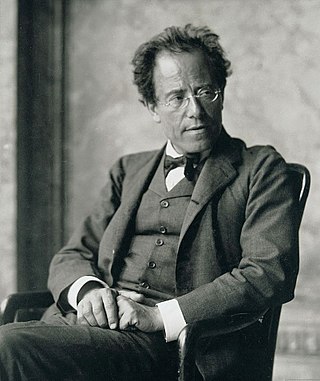
Das Lied von der Erde is an orchestral song cycle for two voices and orchestra written by Gustav Mahler between 1908 and 1909. Described as a symphony when published, it comprises six songs for two singers who alternate movements. Mahler specified that the two singers should be a tenor and an alto, or else a tenor and a baritone if an alto is not available.
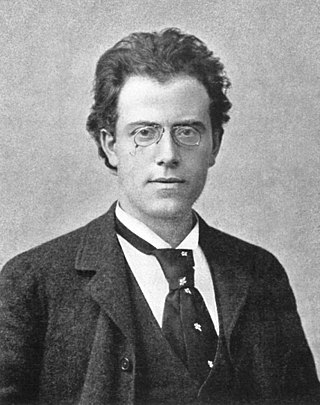
Lieder eines fahrenden Gesellen is a song cycle by Gustav Mahler on his own texts. The cycle of four lieder for medium voice was written around 1884–85 in the wake of Mahler's unhappy love for soprano Johanna Richter, whom he met as the conductor of the opera house in Kassel, Germany, and orchestrated and revised in the 1890s.
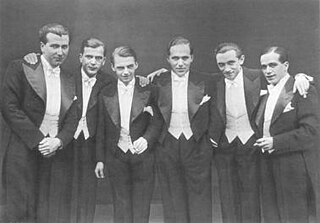
The Comedian Harmonists were an internationally famous, all-male German close harmony ensemble that performed between 1928 and 1934 as one of the most successful musical groups in Europe before World War II. The group consisted of Harry Frommermann, Asparuh "Ari" Leschnikoff, Erich A. Collin, Roman Cycowski (baritone), Robert Biberti (bass), and Erwin Bootz (pianist).
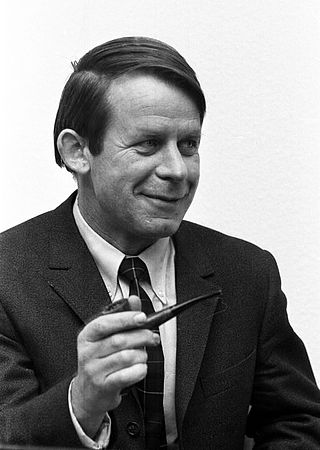
Siegfried Lenz was a German writer of novels, short stories and essays, as well as dramas for radio and the theatre. In 2000 he received the Goethe Prize on the 250th Anniversary of Johann Wolfgang von Goethe's birth. He won the 2010 International Nonino Prize in Italy.

Lena Valaitis is a Lithuanian–German schlager singer who had her greatest success during the 1970s and 1980s. She finished second at the 1981 Eurovision Song Contest.
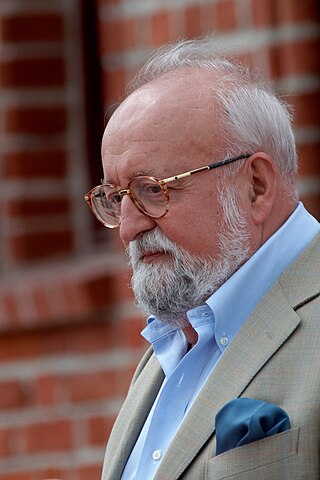
The Symphony No. 8 "Lieder der Vergänglichkeit" by Krzysztof Penderecki is a choral symphony in twelve relatively short movements set to 19th and early 20th-century German poems. The work was completed and premiered in 2005. The symphony has an approximate duration of 35 minutes. Penderecki revised the symphony in 2007 by adding a few more poem settings and the piece has expanded to around 50 minutes. Although given the designation Symphony No. 8, it was not actually the final symphony Penderecki completed before his death in March 2020; the Sixth Symphony, begun in 2008, was not completed until 2017.
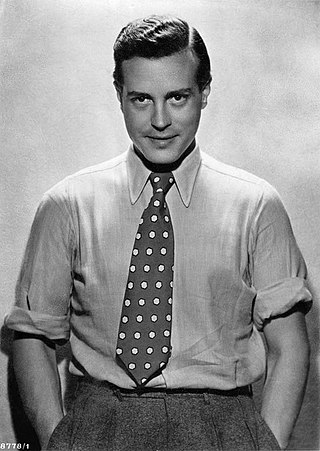
Wolf Albach-Retty was an Austrian actor. He was the father of Romy Schneider with the German actress Magda Schneider.
The Swiss Book Prize is a literary award awarded annually by a jury on behalf of the Swiss Booksellers' Association. The prize amount is CHF 30,000. The award was instituted in 2008 following the example of the German Book Prize. Only German language works of authors living in Switzerland or of Swiss nationality are eligible.

Jörg Schüttauf is a German actor. He studied at the Theaterhochschule Leipzig. Since 2002 he has starred in the Hessischer Rundfunk version of the popular television crime series Tatort.

Hagaw, also known as Asocjacja Hagaw, is a Polish traditional jazz band, formed as a quintet at the Klub Stodoła in Warsaw in 1964 by Andrzej Jastrzębski, and named from the initials of the first names of its founding members. The original lineup consisted of Jastrzębski, Grzegorz Brudko, Henryk Kowalski, Wiesław Papliński, and Andrzej Bielecki. The lineup has since changed many times.
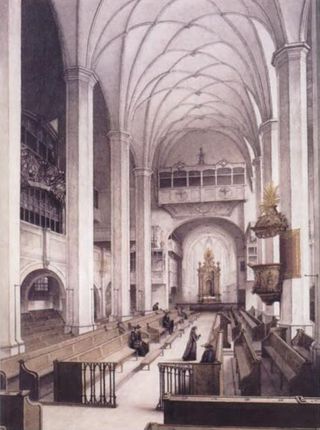
Johann Sebastian Bach composed the church cantata Was frag ich nach der WeltBWV 94 in Leipzig for the ninth Sunday after Trinity and first performed it on 6 August 1724. It is a chorale cantata, based on the hymn by Balthasar Kindermann (1664) on a melody by Ahasverus Fritsch.
The Berlin Comedian Harmonists are a German vocal ensemble from Berlin, formed in 1997 and committed to recreating the repertoire of the original Comedian Harmonists of the late 1920s and early 1930s.
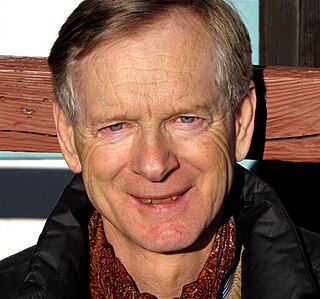
Walter Kappacher was an Austrian writer. In 2009 he was awarded the Georg Büchner Prize.
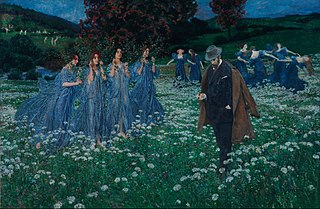
Maximilian Lenz was an Austrian painter, graphic artist and sculptor. Lenz was a founding member of the Vienna Secession; during his career's most important period, he was a Symbolist, but later his work became increasingly naturalistic. He worked in a variety of media, including oils, watercolours, lithography and metal reliefs.

Pedro Lenz is a Swiss writer.

"Geh aus, mein Herz, und suche Freud" is a summer hymn with a text in German by the theologian Paul Gerhardt, written in 1653. It was first published in the same year in the fifth edition of Johann Crüger's hymnal, Praxis pietatis melica. The hymn was sung to several melodies, with the most popular one composed by August Harder. Later, it became a Volkslied in an abridged version.
Endre M. Holéczy is a Hungarian-American-Swiss theater director, actor, and writer currently living in New York City.
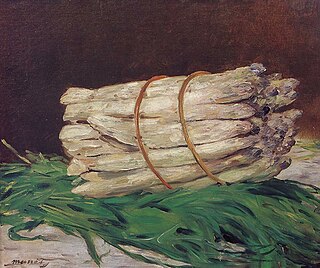
A Bundle of Asparagus or A Bunch of Asparagus is an 1880 painting by Édouard Manet.